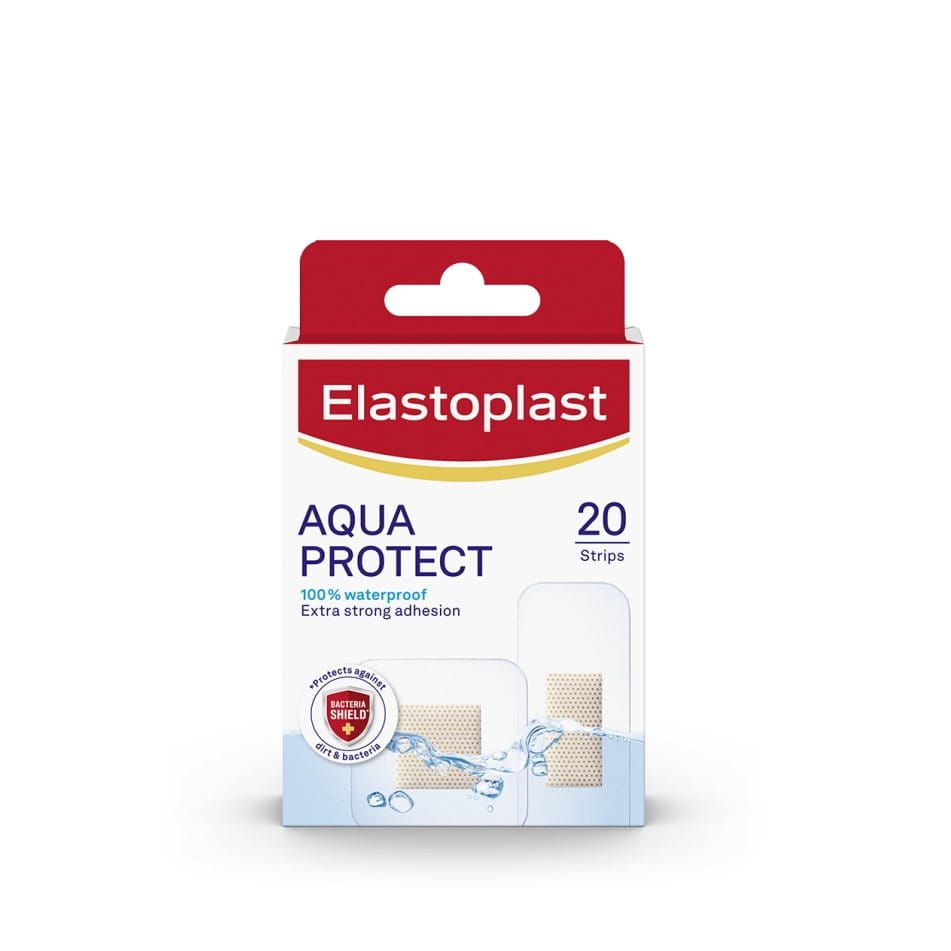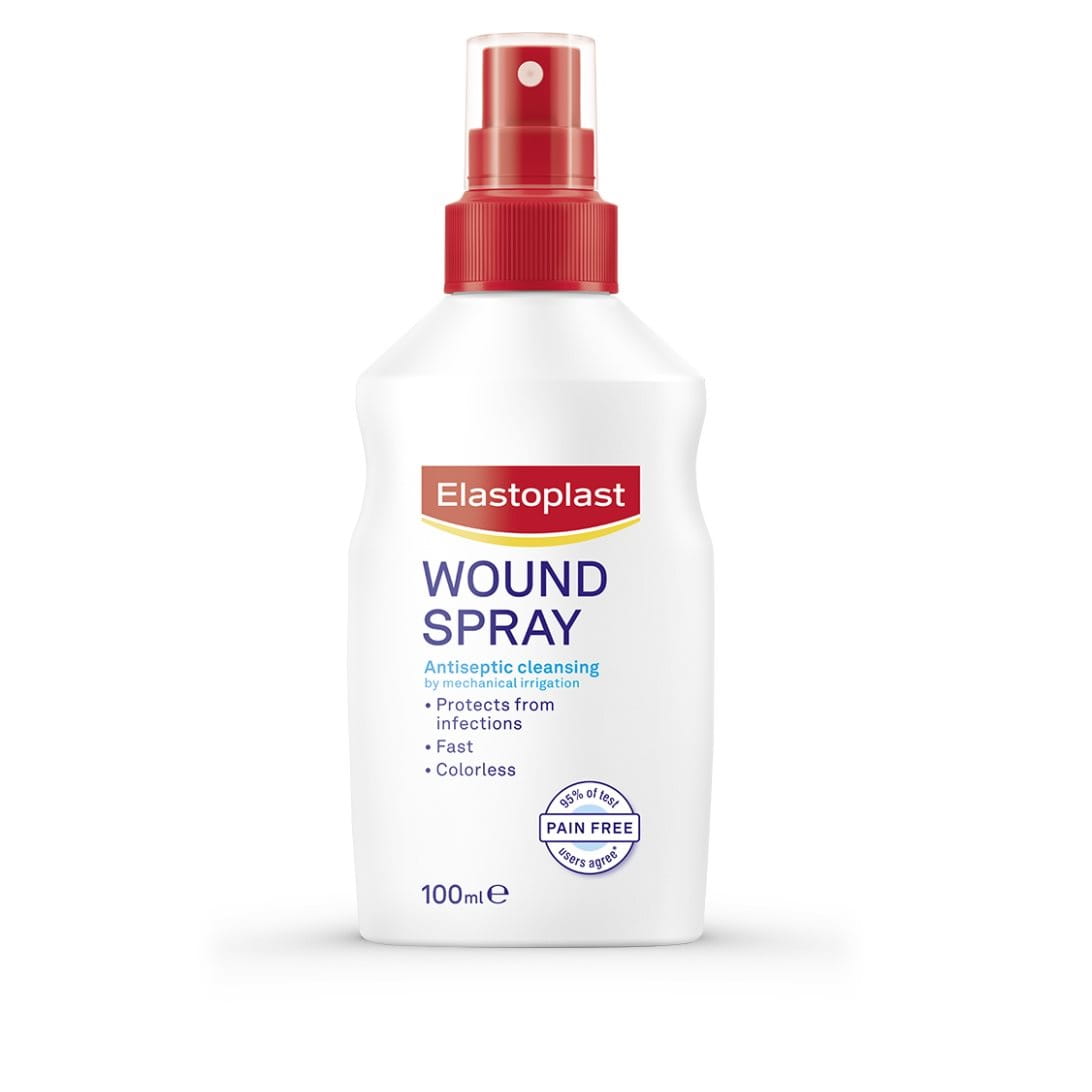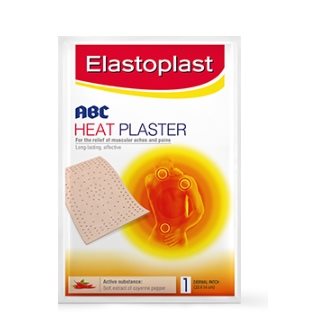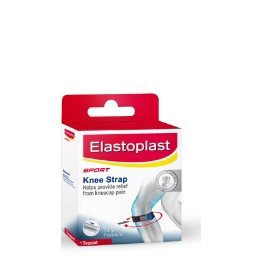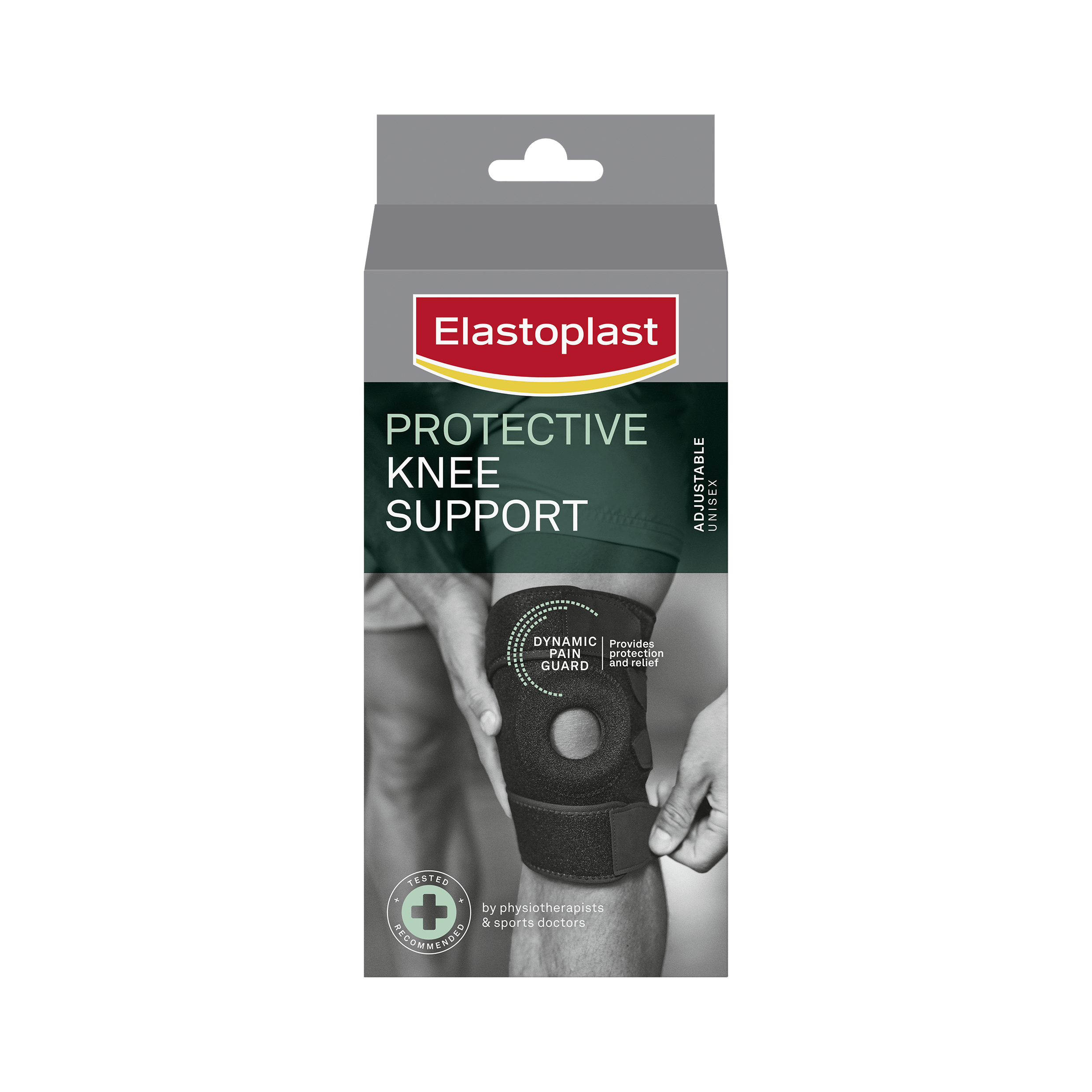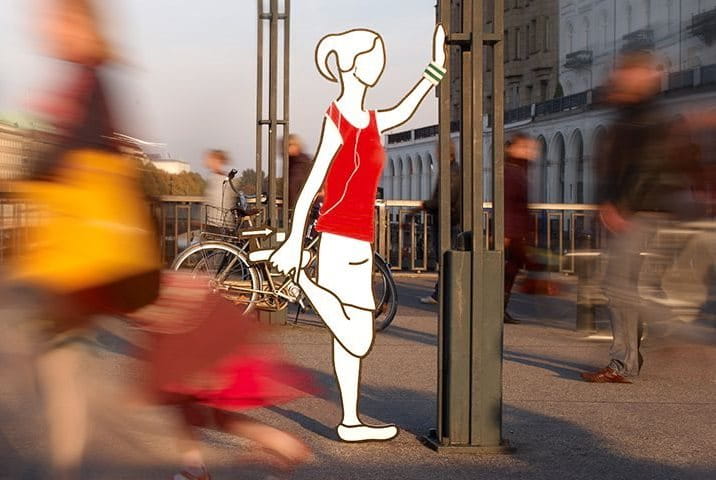Adjustable Knee Stabilizer
Provides extra strong support
Rigid support for weak or injured knees
Breathable material
Product Info
Adjustable Knee Stabilizer
Elastoplast Adjustable Knee Stabiliser is designed
to provide support to stiff, weak or injured knees.
- Adjustable design for personalized fit
- Easy to put on and take off
How To Use
Frequently Asked Questions (7)
-
1. What are the most common sports injuries?
There are five common sporting injuries: -
2. Excessive strains
A strain to the muscle or tendon can happen when the muscle is over stretched or excessively worked. This can cause the muscle to swell or fibres to rupture as in a torn hamstring. It may be painful and difficult to move or walk. Strains usually take one to six weeks to heal.
-
3. Bruises
A direct blow to the muscle tissue can result in bruising or cuts such as in a corked thigh. -
4. Tendonitis (inflammation of the tendon)
This can happen after excessive overuse. Often this is due to poor equipment or preparation, such as in tennis elbow. -
5. Dislocation
This happens when a joint is injured and one or more bones are displaced from their normal position such as a disclocated finger or shoulder. -
6. Sprains
This is an injury to a ligament and is caused by a sudden overstretching such as in a sprained ankle. It may be painful and difficult to move or walk. -
7. How do I manage a serious injury?
Serious injuries, such as head, neck and abdominal injuries, need to be managed by a professional and calling an ambulance will normally be the first priority. Relevant First Aid or Medical training is required before a person can safely offer help in life-threatening injuries.
